A 350 TPH aggregate crushing production line refers to a specialized industrial setup designed to crush and process raw materials into aggregates at a throughput capacity of 350 tons per hour (TPH). This type of production line is crucial for industries like construction, road building, and infrastructure development, where high-quality aggregates (such as sand, gravel, and crushed stone) are essential. Below is a detailed breakdown of its components, working principles, applications, and key considerations:
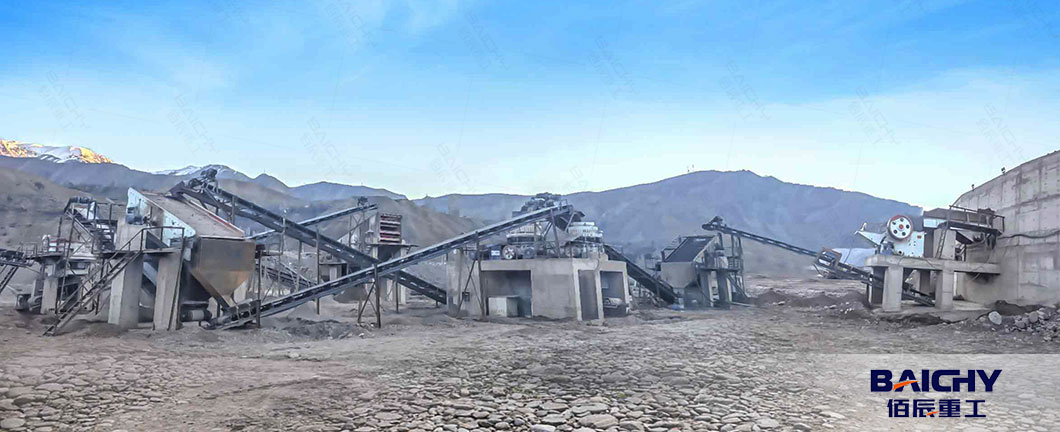
1. Core Components of a 350 TPH Aggregate Crushing Production Line
A typical production line comprises several integrated systems, each serving a specific function:
(1) Feeding System
--Function: Uniformly delivers raw materials to the crushing equipment.
- Key Equipment: Vibrating feeders (e.g., ZSW series) with adjustable feeding rates, often equipped with pre-screening grids to remove fine materials before crushing.
- Example: A vibrating feeder with a capacity of 400–500 TPH can handle large rocks (up to 500 mm in diameter) from stockpiles.
(2) Primary Crushing Unit
- Function: Breaks down large raw materials into medium-sized pieces.
- Common Equipment:
Jaw Crusher (e.g., PE/PEX series): Suitable for hard rocks like granite, basalt, and quartz, with a crushing ratio of 4–6.
Gyratory Crusher: Used for extremely hard materials in large-scale mines, offering continuous operation.
Output Size: Reduces materials to 100–300 mm, depending on the crusher type and settings.
(3) Secondary Crushing Unit
- Function: Further crushes medium-sized materials into smaller particles.
- Common Equipment:
Cone Crusher: Ideal for hard rocks, providing fine and uniform output (e.g., HPC/HCS series, with output sizes of 20–60 mm).
Impact Crusher (e.g., PF/PFW series): Suited for medium-hard materials (e.g., limestone, sandstone), producing cubical aggregates with less needle-shaped particles.
Crushing Ratio: 3–10, depending on the equipment and material hardness.
(4) Tertiary/Quaternary Crushing (Optional)
- Function: Achieves fine crushing for sand production or specific aggregate grades.
- Common Equipment:
Vertical Shaft Impact Crusher (VSI): Generates sand and fine aggregates, often used in artificial sand production lines.
Fine Jaw Crusher or Roller Crusher: For precise size control in specialized applications.
(5) Screening System
- Function: Sorts crushed materials into different size grades and recycles oversize particles for re-crushing.
- Key Equipment: Vibrating screens (e.g., YK/2YK/3YK series) with multi-layer meshes (e.g., 5 mm, 10 mm, 20 mm, 40 mm) to separate aggregates into various specifications.
- Efficiency: Typically achieves a screening accuracy of ≥95%.
(6) Conveying System
Function: Transports materials between different units, often with inclined or horizontal belts.
Key Features: Heavy-duty belt conveyor (widths of 800–1200 mm), equipped with anti-slip, dust-proof, and wear-resistant coatings.
(7) Dust and Noise Control Systems
Function: Mitigates environmental impact by reducing dust emissions and noise pollution.
Solutions: Dust collectors (e.g., bag filters), water spray systems, and soundproof enclosures around crushers.
2. Working Principle and Process Flow
Feeding: Raw materials (e.g., rocks, ore, construction waste) are fed into the vibrating feeder.
Primary Crushing: Large materials are crushed by a jaw crusher or gyratory crusher.
Secondary Crushing: Medium-sized particles enter a cone or impact crusher for further reduction.
Screening: Crushed materials are screened into different grades; oversize particles are sent back to the secondary crusher for re-processing.
Tertiary Crushing (if needed): Fine crushing for specific applications like sand production.
Output: Finished aggregates are conveyed to stockpiles or loading areas.
3. Typical Applications
Construction: Producing aggregates for concrete, asphalt, and building foundations.
Road and Bridge Building: Crushed stone for road bases and asphalt mixtures.
Mining: Processing ore into sellable aggregates or preparing materials for further mineral extraction.
Recycling: Crushing construction and demolition waste (e.g., concrete, bricks) into reusable aggregates.
Quarrying: Extracting and processing natural stone resources.
4. Key Considerations for Designing a 350 TPH Line
- Material Properties:
Hardness (e.g., Mohs hardness: granite ≈ 6–7, limestone ≈ 3–4) determines crusher type and wear parts.
Moisture content: High moisture can cause clogging in crushers and screens.
- Output Specifications:
Required aggregate sizes (e.g., 0–5 mm sand, 5–20 mm fine aggregate, 20–40 mm coarse aggregate).
Shape requirements (cubical vs. irregular particles, important for concrete quality).
- Site Conditions:
Land topography (flat vs. hilly) affects equipment layout and conveyor design.
Accessibility for material transportation and equipment maintenance.
- Cost and Efficiency:
Initial investment (crushers, screens, conveyors, etc.).
Operational costs (energy consumption, wear parts replacement, labor).
Energy efficiency (e.g., choosing low-power, high-efficiency motors).
5. Advantages of a 350 TPH Production Line
- High Productivity: Suitable for large-scale projects requiring massive aggregate supply.
- Flexibility: Adjustable settings to meet different aggregate specifications.
- Sustainability: Enables recycling of waste materials, reducing reliance on natural resources.
- Automation: Modern lines often include PLC control systems for real-time monitoring and process optimization.
6. Example Equipment Configuration (for Hard Rock)
| Equipment |
Model |
Capacity |
Function |
| Vibrating Feeder |
ZSW1360 |
400–500 TPH |
Feed raw materials |
| Primary Jaw Crusher |
PE900×1200 |
220–380 TPH |
Primary crushing |
| Secondary Cone Crusher |
HPC300 |
180–350 TPH |
Secondary crushing |
| Vibrating Screen |
3YK2460 |
200–400 TPH |
3-layer screening (5/20/40 mm) |
| Belt sConveyor |
B1000 |
350 TPH |
Material transportation |
Conclusion
A 350 TPH aggregate crushing production line is a sophisticated, high-capacity system designed to transform raw materials into valuable construction aggregates efficiently. Its design integrates crushing, screening, and conveying equipment to meet the demands of large-scale projects while prioritizing productivity, sustainability, and operational flexibility. Whether for quarrying, mining, or waste recycling, such a line plays a critical role in modern infrastructure development. Henan Baichy Machinery Equipment Co., Ltd. is a mining machinery manufacturer integrating R&D, production and sales. Stone crusher is one of its core production equipment. It has mature technology and processes, complete models and configurations, and technical engineers can tailor production line configuration plans for you. If you are interested in the stone crusher, please click on the online consultation to get solution and price now. Baichy Machinery is dedicated to serving you 24 hours a day!





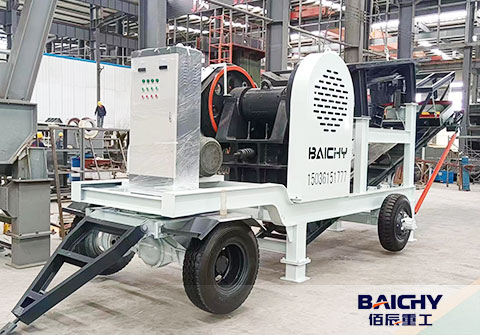
 2025-11-22
2025-11-22

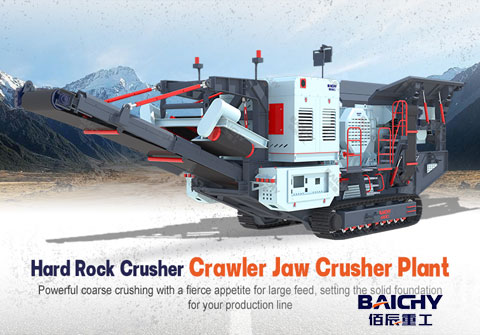
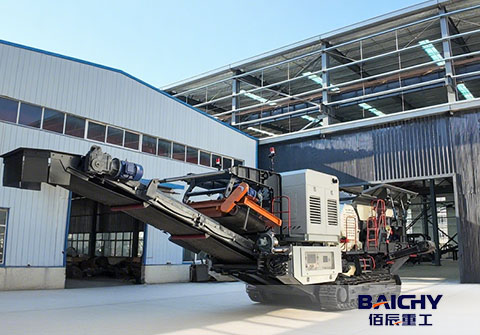
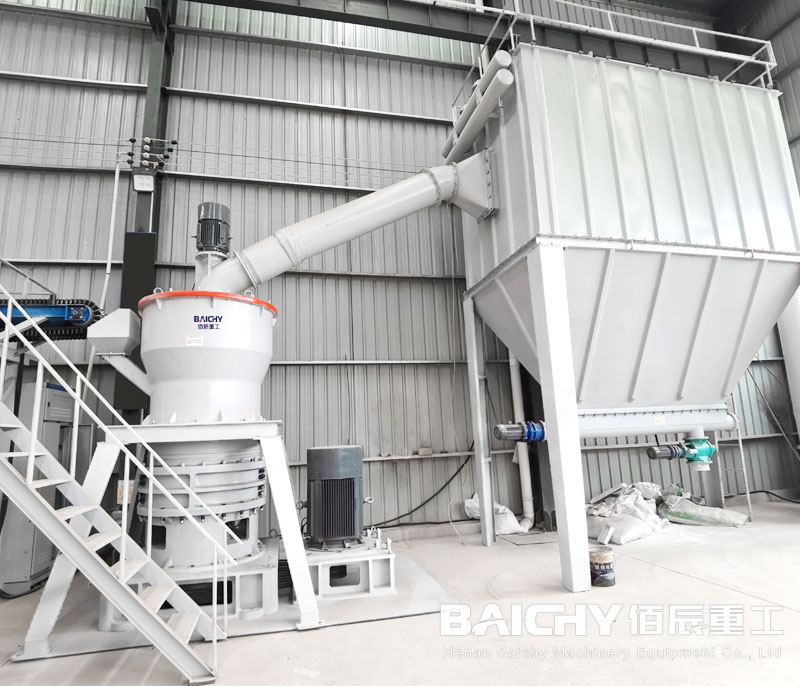
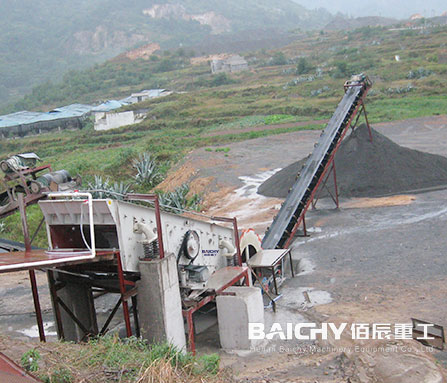
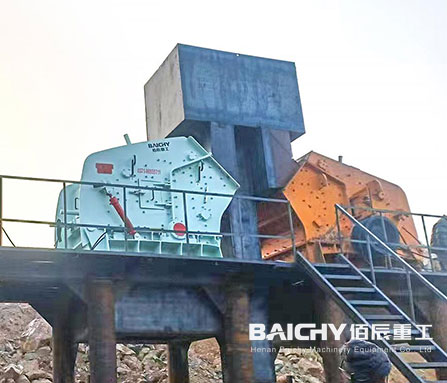
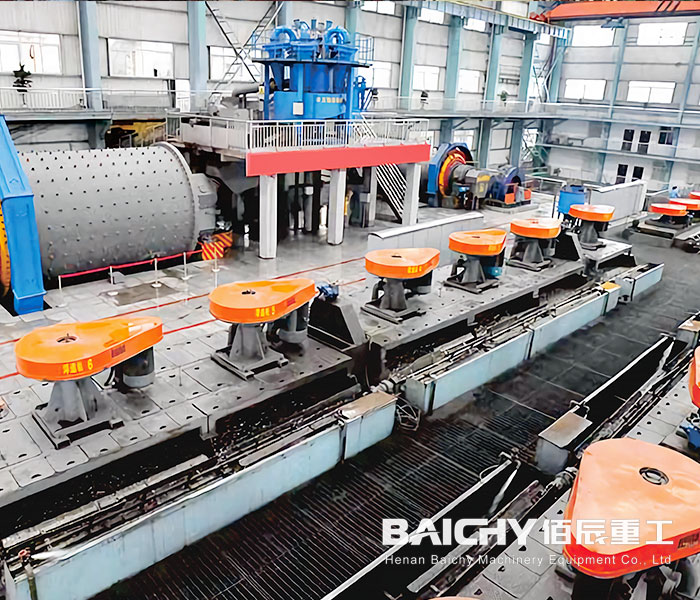














 86-15093113821
86-15093113821
 86-15093113821
86-15093113821

